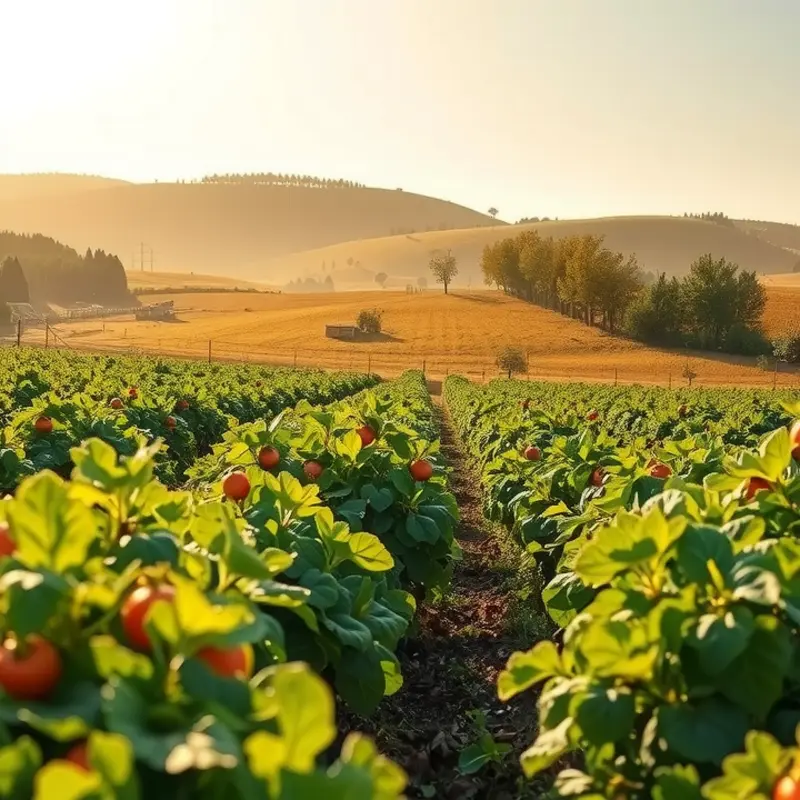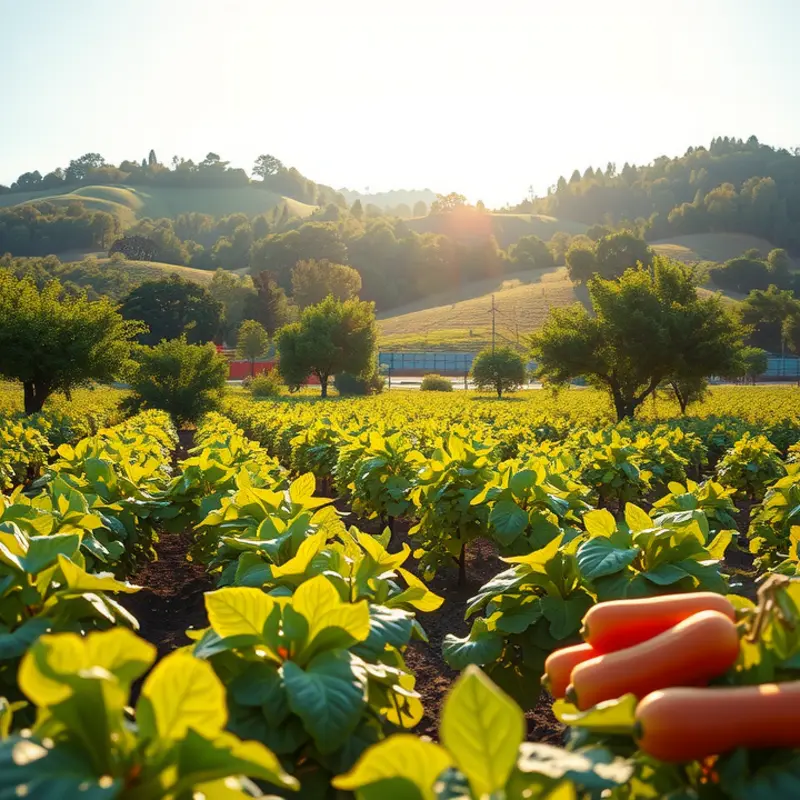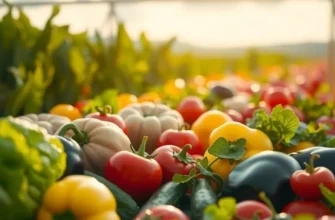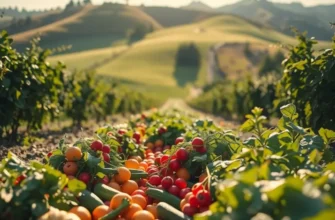Grains are the cornerstone of countless dishes, and their texture can significantly impact the overall experience. A well-cooked grain can provide a delightful contrast of softness, chewiness, and nuttiness, while undercooked or overcooked grains can turn a potential masterpiece into a clumsy side. Fortunately, enhancing grain textures is an achievable skill for cooks of all levels. This guide will provide practical advice and simple techniques to elevate your grain dishes, turning plain into extraordinary.
Mastering the Basics of Grain Cooking

The art of cooking grains is often underestimated, yet mastering it can significantly elevate your culinary creations. Grains like rice, quinoa, oats, and barley each have their own unique characteristics and requirements, which influence their final texture. Understanding these nuances is the key to unlocking their full potential. One of the most fundamental steps in grain preparation is rinsing. Rice, for instance, often benefits from being rinsed under cold water until the water runs clear. This process removes surface starches and prevents clumping during cooking, resulting in perfectly fluffy grains. On the other hand, grains like quinoa contain saponins on their outer layer, which can impart a bitter taste if not adequately rinsed.
Soaking is another technique that can transform your grains. This process is essential for grains like farro and bulgur, which have tougher exteriors. Soaking softens their texture and reduces cooking time. For other grains, such as basmati rice, soaking helps elongate the grains, giving them a lighter and more distinct texture.
Choosing the right cooking method is critical for achieving the desired texture. Some grains thrive with the absorption method, where the grain absorbs all of the water, as popularized with rice. The key is to use the correct water-to-grain ratio and ensure a gentle simmer—the grains don’t need a vigorous boil, which can damage their structure. Another approach is the pasta method, which involves boiling the grains in a large amount of water and draining them as you would pasta. This technique is particularly effective for whole grains like barley, providing more control over the final texture.
For certain grains, experimentation with these methods can also lead to exciting results. For example, try toasting grains like farro or barley in a dry pan before cooking. This enhances their nutty flavors and can lend a delightful depth to a dish.
Additionally, check out our tips on how to enhance your dishes without adding salt. These techniques can further highlight the delightful textures of your grains without overpowering them.
Remember, achieving the perfect grain texture comes down to understanding the intrinsic properties of each grain and employing the right techniques to highlight these. With patience and practice, you can transform simple grains into a textural masterpiece that adds sophistication to any meal.
Elevating Textures Through Flavors and Techniques

To truly elevate your grain dishes, it’s important to consider not only flavor but also the textural interplay that makes each bite compelling. Enhancing texture while infusing layers of flavor offers a multi-sensory experience that keeps your dish exciting.
Toasting for Nutty Depth
Begin with toasting your grains prior to cooking, a technique that not only enhances flavor but also transforms their texture. This process is especially effective with grains such as quinoa, buckwheat, and farro. Dry-toasting creates a nuttier flavor and offers a slightly crisp texture that can provide contrast in a dish. Simply heat a pan over medium heat, add the grains, and stir frequently until they achieve a golden-brown hue and aromatic nutty scent.
Adding Acids for Vibrancy
Introducing acid such as a splash of lemon juice or a dash of vinegar can brighten grains, assisting in balancing rich flavors while subtly altering texture. Acids aid in breaking down the starches in grains, which can create a lighter mouthfeel. This is particularly beneficial when pairing grains with heartier elements like roasted vegetables or meats, adding a zesty lift that cuts through richness.
Fats for a Luxurious Finish
Enhancing grains with fats, such as olive oil or a pat of butter, not only enriches flavor but also coats the grains, providing a smooth, silky texture. This technique optimizes mouthfeel, encouraging the grains to remain distinct from one another, avoiding clumpiness. Consider using flavorful infused oils or compound butters to introduce additional layers of flavor.
Mixing Grains for Varied Textures
Combining different types of grains within a single dish provides delightful variations in texture and flavor. Pair soft, fluffy grains such as couscous with chewy ones like barley to keep each bite varied and engaging. This also allows for nutritional diversity, supporting balanced eating patterns.
Incorporating Vegetables for Contrast
Integrating vegetables introduces not only flavor but also textural contrast. Crunchy elements such as diced bell peppers or celery add freshness, while roasted carrots or sweet potatoes can introduce a caramelized softness. These combinations not only enrich the dish but also contribute visually appealing vibrancy.
Creative Use of Spices
Spices can transform the texture of grains by adding aromatic qualities and a complex flavor profile. Smoking spices, such as smoked paprika or chipotle powder, can give grains a subtle crunch and an unexpected kick. Additionally, using whole spices like cumin seeds or fennel seeds distributed throughout the grain can add bursts of flavor and textural variance.
Through these techniques, your grains will not only become a foundation of flavor but also a textural delight. These methods encourage culinary creativity and open possibilities for diverse and exciting meals. For ideas on how to integrate these techniques with minimal effort, review our minimal-prep dinner ideas.
Final words
Enhancing grain textures isn’t an elusive skill reserved for professional chefs. By understanding the cooking basics and adopting a few additional techniques, any home cook can create dishes that are not only flavorful but also texturally exciting. Experimenting with different grains, toasting them, and pairing them with flavorful ingredients opens a wide door of culinary possibilities. Remember, cooking is a journey of exploration and creativity, so don’t hesitate to enjoy the process while you elevate your grain dishes beyond the ordinary.







